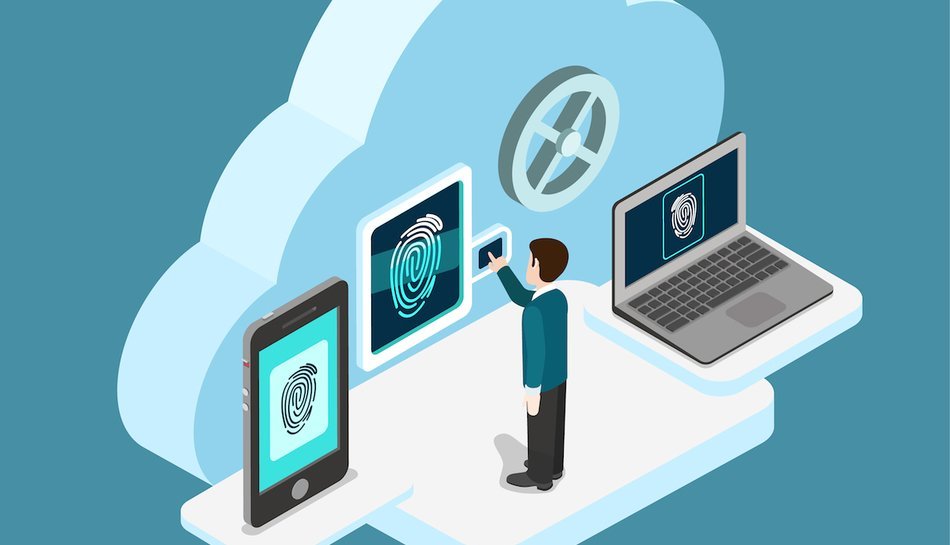Authentication is the process of determining whether someone or something is, in fact, who or what it declares itself to be. Authentication technology provides access control for systems by checking to see if a user's credentials match the credentials in a database of authorized users or in a data authentication server.
Users are usually identified with a user ID, and authentication is accomplished when the user provides a credential, for example a password, that matches with that user ID. Most users are most familiar with using a password, which, as a piece of information that should be known only to the user, is called a knowledge authentication factor. Other authentication factors, and how they are used for two-factor or multifactor authentication (MFA).
Authentication is important because it enables organizations to keep their networks secure by permitting only authenticated users (or processes) to access its protected resources, which may include computer systems, networks, databases, websites and other network-based applications or services.
Authentication methods include:
- Two-factor authentication -- Two-factor authentication adds an extra layer of protection to the process of authentication. 2FA requires that a user provide a second authentication factor in addition to the password. 2FA systems often require the user to enter a verification code received via text message on a preregistered mobile phone, or a code generated by an authentication application.
- Multifactor authentication -- Multifactor authentication requires users to authenticate with more than one authentication factor, including a biometric factor like fingerprint or facial recognition, a possession factor like a security key fob or a token generated by an authenticator app.
- One-time password -- A one-time password is an automatically generated numeric or alphanumeric string of characters that authenticates a user. This password is only valid for one login session or transaction, and is usually used for new users, or for users who lost their passwords and are given a one-time password to log in and change to a new password.
- Three-factor authentication -- Three-factor authentication (3FA) is a type of MFA that uses three authentication factors, usually a knowledge factor (password) combined with a possession factor (security token) and inherence factor (biometric).
- Biometrics -- While some authentication systems can depend solely on biometric identification, biometrics are usually used as a second or third authentication factor. The more common types of biometric authentication available include fingerprint scans, facial or retina scans and voice recognition.
- Mobile authentication -- Mobile authentication is the process of verifying user via their devices or verifying the devices themselves. This lets users log into secure locations and resources from anywhere. The mobile authentication process involves multifactor authentication that can include one-time passwords, biometric authentication or QR code validation.













